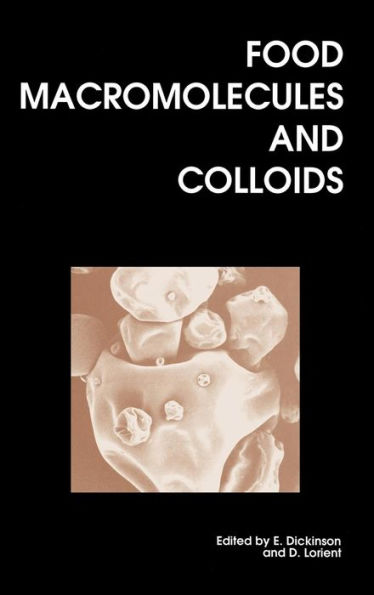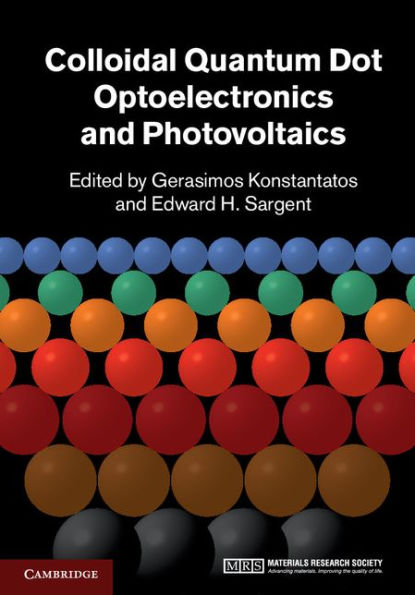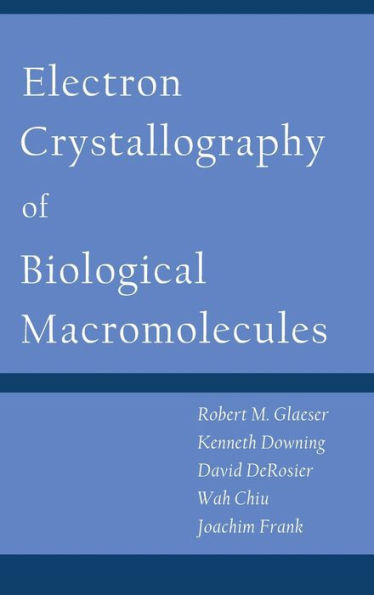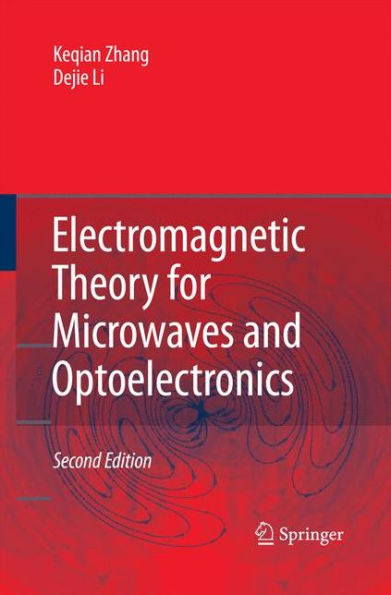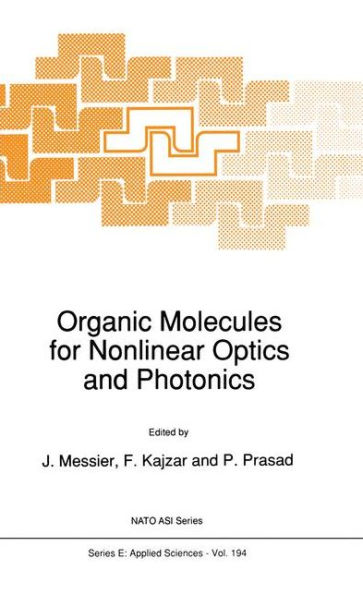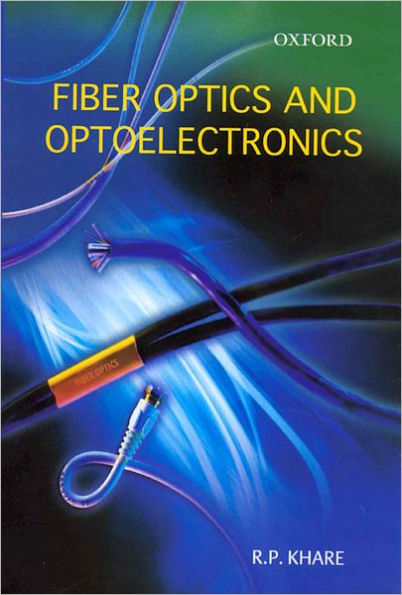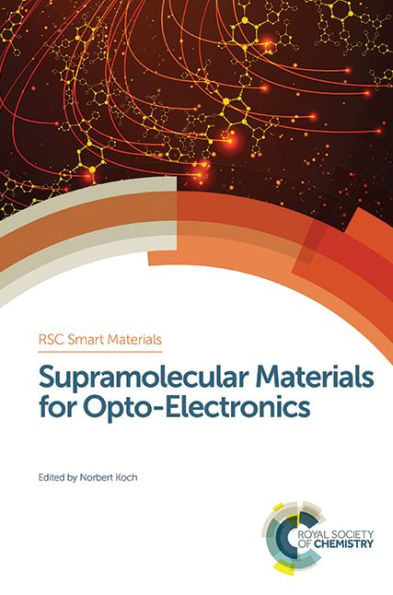Home
Electro-Optics and Dielectrics of Macromolecules and Colloids


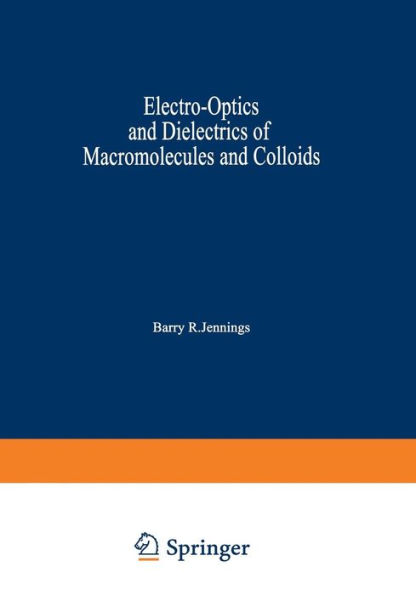
Electro-Optics and Dielectrics of Macromolecules and Colloids
Current price: $54.99
Loading Inventory...
Size: OS
Some seven years before Kerr's death, Larmor proposed that electric birefringence had its origin in the orientation of anisotropic molecules or elements within the apparently isotropic medium. The theory for this concept was formulated by Langevin. During the next half century, occasional measurements were made both to characterise the phenomenon and to evaluate the relevant physico-chemical parameters of pure liquids and molecular fluids. During the 1930-40 era, Staudinger and others demonstrated the existence in nature of giant molecules and colloidal particles. Since that time it has slowly but increasingly been realised that these big molecules or particles often have relatively large dipole moments, are generally anisotropic in structure and hence, in solution or suspension, give rise to significant electric birefringence signals. Furthermore, there have been three electronic innovations which have greatly eased the experimental measurement of the effect for such materials. These were the development of photomultiplier tubes for detection, of oscillo scope~ for display and of high voltage generators developing bursts or pulses of potential difference. The last mentioned enable the experi menter to study the Kerr effect not only for its amplitude but also in the time domain. The rates of molecular response to the switching of the electric field lead directly to information on the size and geo metry of the constituent molecules and particles in a dilute solution or suspension.
